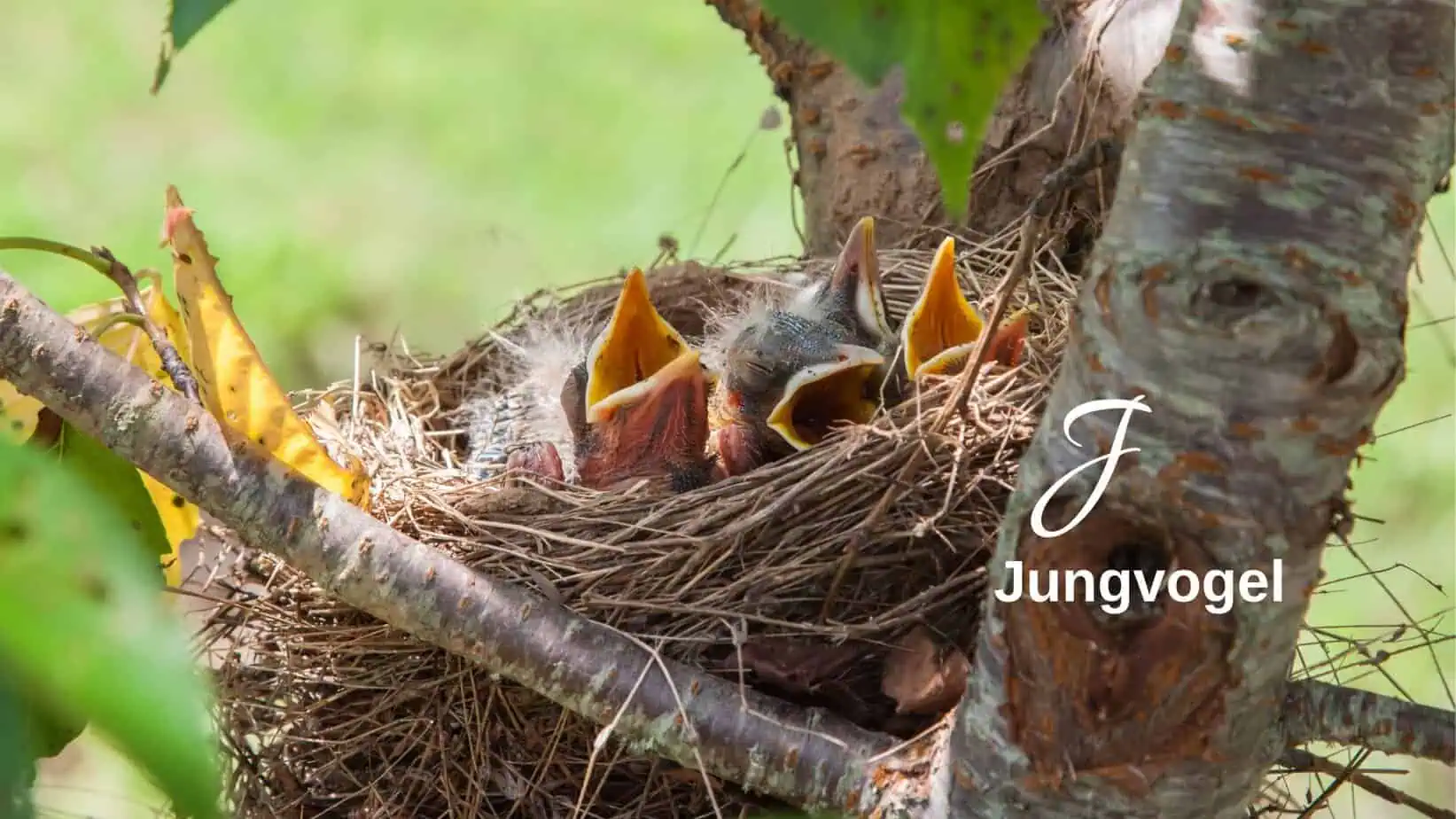Biodiversity lexicon: J for young bird
The most visible young birds on golf courses are usually small ducks or geese. However, there are actually many more bird species living on golf courses, which breed between roughs, hedges and groups of trees. Golf courses have become indispensable retreats for many bird species. Especially in intensively used agricultural landscapes, they offer structures that are lacking elsewhere: extensively maintained meadows, unmown embankments, old trees or small bodies of water. This diversity makes golf courses surprisingly valuable habitats for breeding birds – and especially for their offspring.
Vital needs of the young birds
One thing is particularly important for young birds: a habitat rich in structure with a sufficient supply of food and a sheltered retreat. During the nestling phase, insects, spiders and other small invertebrates are the most important source of food. This is why near-natural land management on golf courses – such as the avoidance of pesticides, insect-friendly planting and flower strips – is of great importance. Immediately after fledging, young birds are also dependent on secure cover. Dense bushes, tall grasses and deadwood areas offer them protection from predators such as cats or birds of prey.
Mowing practice also plays a role: if large areas are mowed during the main breeding season in May and June, clutches can be destroyed and fledglings can be injured or disturbed. An adapted mowing strategy – staggered mowing, conservation strips or increased mowing heights – can help to avoid losses.
Significance for biodiversity
Young birds are more than the offspring of individual species – they represent the survival of entire bird populations. Their numbers and survival are important indicators of the ecological condition of a habitat. Golf courses that are designed and maintained close to nature thus make a concrete contribution to the preservation of biodiversity.
Species such as robins, blackbirds, chiffchaffs and redstarts in particular benefit from the mosaic structures of the golf courses. But endangered species such as the red-backed shrike and woodlark have also been observed on extensively maintained areas. Every successful brood strengthens the population – and the young birds of today are the breeding birds of tomorrow.






